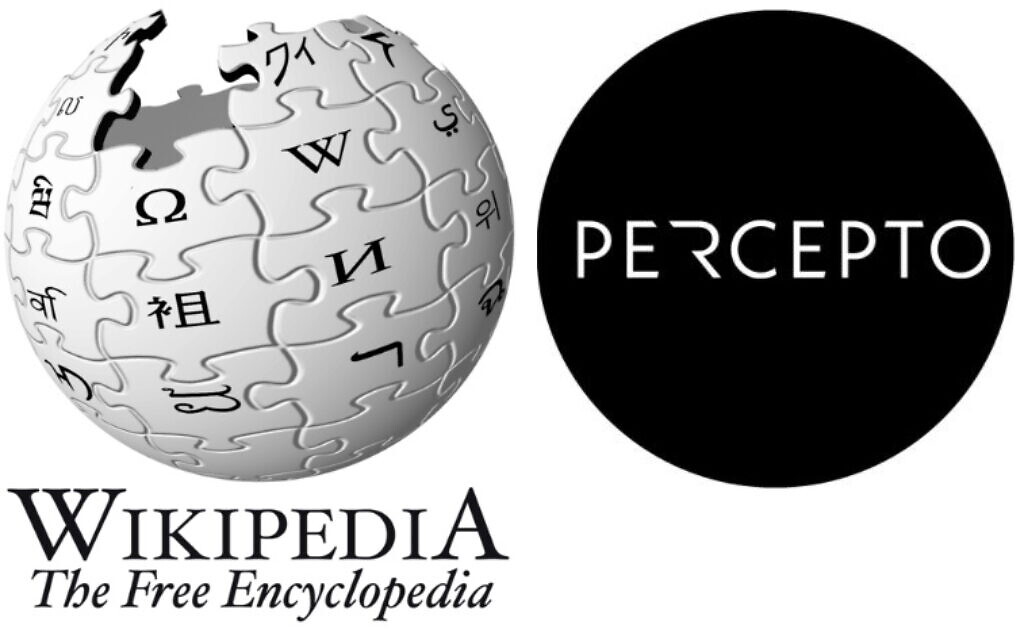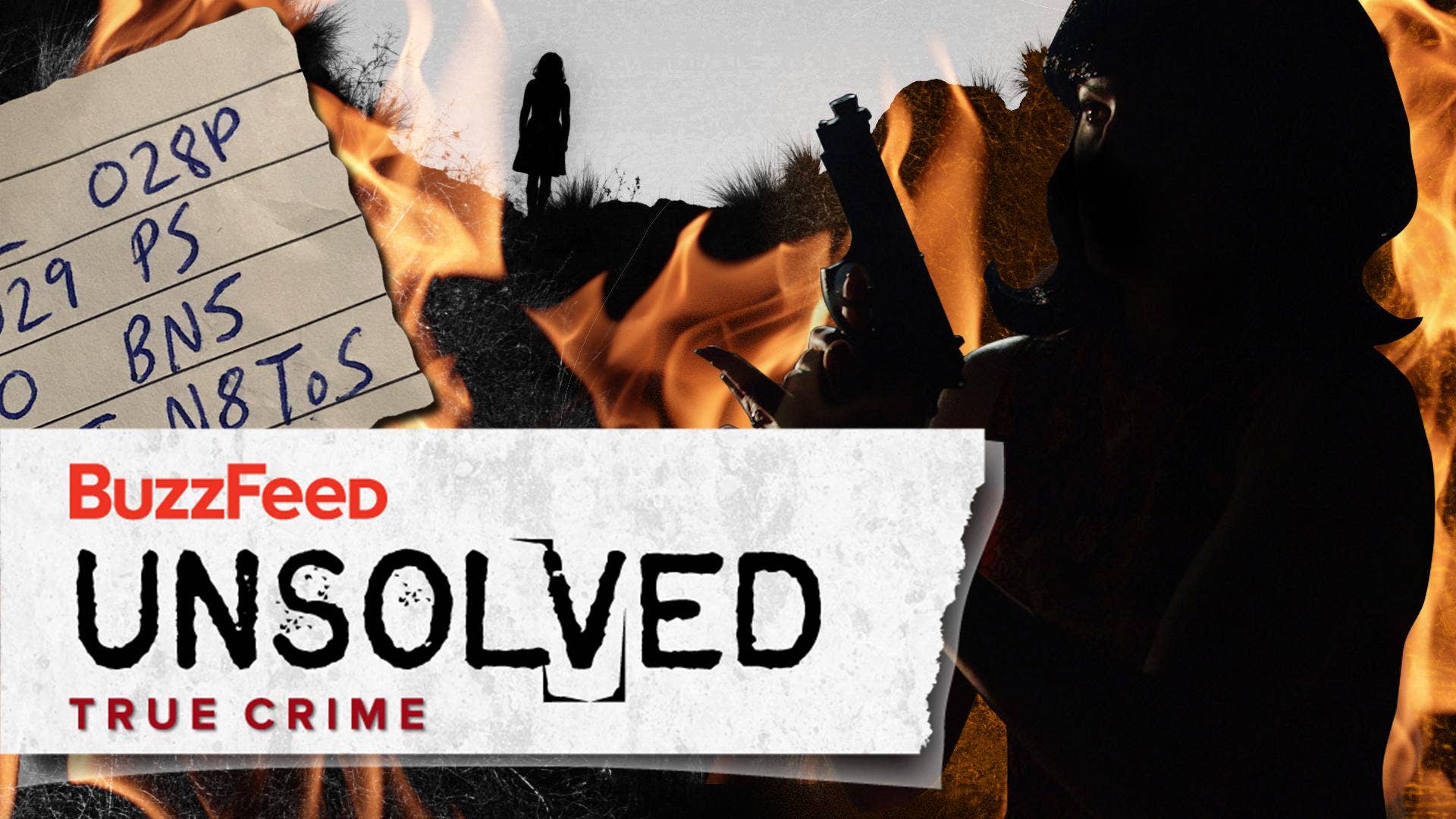
In broadest definition, political warfare is the employment of all the means at a nation's command, short of war, to achieve its national objectives. "Political warfare is the logical application of Clausewitz's doctrine in time of peace. This was the original concept of George Kennan, which followed the Second World War and became the basic policy of the U.S. Used wisely, a covert action, also called "special activities" in the military budget, can deliver a stronger message than diplomacy, and cause full-scale war to be avoided. "island hopping" operations in the Pacific Theater of the Second World War. Ellis, who died under mysterious circumstances while on duty, created the basic plan for U.S.
Unsolved wiki mossad series#
There were certainly examples of both, such as Marine Major Earl Ellis' series of visits, in the 1920s, to Japanese islands in the Pacific. had no standing clandestine HUMINT or covert action organizations. In the years immediately preceding the Second World War, the U.S. Clandestine actions, in contrast, are actions of which the target remains unaware, such as espionage. Plausible deniability is another way to say that the sponsor cannot be proven. As a practical definition, covert action is something of which the target is aware, but either does not know, or cannot prove, who is influencing political, military, scientific, or economic factors in the target country. The American system tends to require more legal formalism than the British, so it became necessary to define "covert action". Indeed, the United Kingdom had a recognizable HUMINT function, obvious less formal than the 20th century versions, going back to Sir Francis Walsingham in 1583. SIS also had the clandestine HUMINT responsibilities. Prior to World War II, the British covert action function was in Section D of the Secret Intelligence Service (SIS). There has always been a close relationship between the U.K. entry into the war, it makes sense to present them first. Historically, since the British clandestine intelligence, in recognizable form, goes back to the First World War, and their Second World War covert operations organization preceded U.S. Many countries follow this model, but there are often calls to reorganize it, splitting off various functions into independent agencies. has generally followed the British model of a single civilian agency with close cooperation with military intelligence and military special operations forces. The latter two organizations were wartime, and their functions were merged back into SIS after the war.

3.2.2 OPC, OSO and interim covert solutions 1948-1951.3.1.3 Current SIS paramilitary capabilities.3.1.1 SOE abolished partial reabsorption by SIS.2.2 United States World War II operations.2.1 United Kingdom World War II Operations.



 0 kommentar(er)
0 kommentar(er)
